1. Introduction
Today, the design requirements of living spaces are escalating. Spaces should be visually pleasing and cater to comfort, work, and entertainment. This article seeks to forge the link between functionality and furniture arrangement that will breach the hard limits of efficient, beautiful, supportive space. We will cover simple and practical ideas, insights from professionals in the field, and their successful use in life so that practical, functional design is within the reach of everyone.
2. Understanding Functionality in Home Design
What “Functionality” Means in Interior Design
Functionality in design simply seeks to create a context with ease of use in daily operations. Simply put, no coffee table, regardless of its shape or colour, should be included in the setting if it has no intrinsic value. Be it a designer who ensures a seamless flow in the living area designed for entertaining friends or a work-from-home parent, functional design provides a perfect fit in meeting specific needs.
How Functionality Enhances Lifestyle
Spaces designed to be functional will add value to a person’s daily life. Therefore, each space is arranged with each object placed strategically to minimise distraction and maximise intended use, which all translates to a more user-friendly home.
3. Key Principles of Furniture Arrangement
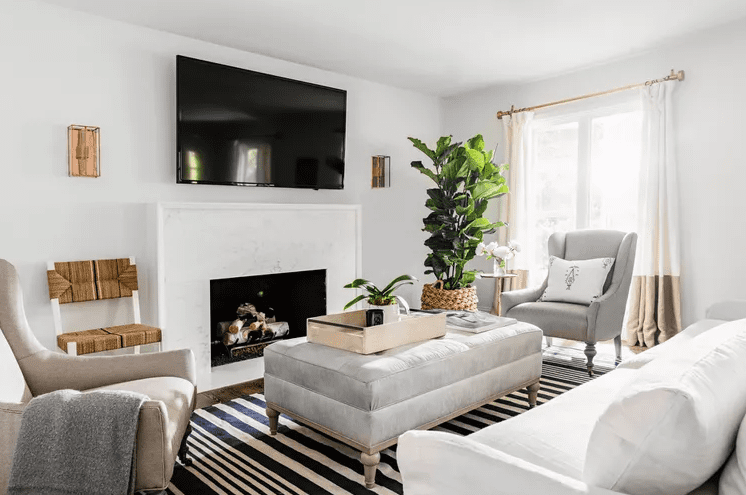
Importance of Space, Flow, and Balance
While furniture is positioned in a room, effort must be made to strike a balance because the use of space depends also on making sure that the flow is part of the operations. The above is a sense of balance because people’s movement within the room is not restricted, making the room more user-friendly and practical.
Understanding Focal Points and Pathways
Furniture such as a fireplace or a television can be integrated around the focal point to create a room’s centre of focus or eye. To avoid obstruction, the traffic path must also be well defined, as this would make the area safe and comfortable to stay in.
4. Room-by-Room Functional Furniture Layout Tips
Living Room: Comfort, Aesthetics, and Traffic Flow
Arranging a living room begins with determining the main use—whether for socializing, relaxing, or watching television. Sectionals, ottomans, and low tables can enhance comfort, while clear walkways around the seating area ensure a welcoming, open feel.
Bedroom: Privacy, Relaxation, and Storage
Someone can say an arranged room or a bedroom allows a considerable amount of rest. It is easy to shift the pole to distinguish between the private bed and why the number of closets or drawers for storage can be filled. Space provides a place of comfort.
Kitchen and Dining: Efficiency and Access
The kitchen should be organised in the order of importance, cooking then washing and separate refrigerator in the area diagonal to head, heel and chest. Stackable tables and seats would allow one to expand dining spaces, especially when cost is an issue and where one would not know how to spend money.
Home Office: Productivity and Ergonomics
The home office’s design must consider, among others, ergonomics. It includes planning the heart interfaces and the places of the work desks and chairs. Evidence showed that sitting at a desk near a window increased concentration while reducing eye fatigue.
5. Maximizing Small Spaces with Multifunctional Furniture
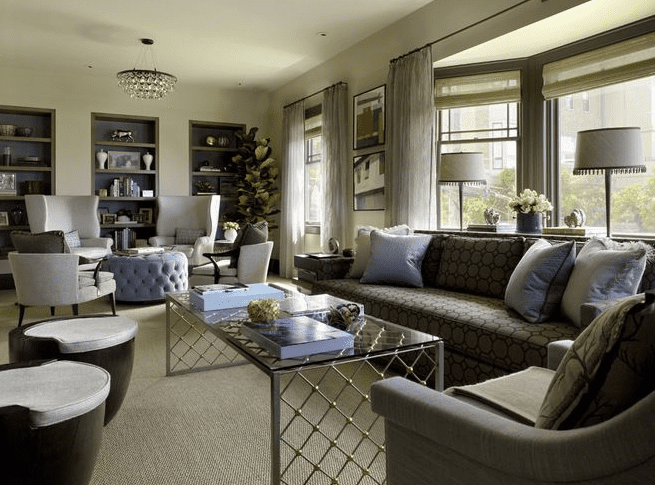
Types of Multifunctional Furniture
Multi-purpose furniture such as a sofa bed, collapsible desks, and extendable tables can help in small rooms. These items can alter spaces with added elasticity—they enable rooms to perform more than one role without creating a cluttered feel.
Tips for Arranging to Optimize Space
When space is scarce, limit bulky furniture, only using small furniture that can be stacked and placed in tight spaces. Additionally, using racks on walls or utilising the space under the beds would help add useful storage without cramping the area.
6. Creating Zones for Different Activities
Open-Plan Spaces and Creating Defined Zones
When a house’s floor plan is open, furniture must be positioned to form distinct areas for eating, resting, and working. Jute carpets, screens, or furniture placement can help demarcate zones in a room without obstructing people’s circulation.
Furniture Arrangement for Separating Work, Relaxation, and Dining Areas
Bookcases or decorative screens can be placed to create boundaries within an open space, provide privacy within the room, and enhance concentration while preserving the open feel.
7. The Role of Color, Lighting, and Accessories in Functional Arrangement
Choosing Colors to Complement Room Functions
Colour can greatly benefit a room. Cooler shades help to create a more calming environment in a bedroom, while warm colours may be ideal for energising a workspace. One way to divide space within large rooms is by having accent walls or color-coded zones.
Lighting Tips for Ambiance and Task-Specific Needs
Ambient lighting provides the basis for the lighting effects desired in a room, while task lighting is accent light, which targets specific areas in the room. Dimmers are useful in such situations as they make switching from bright to relaxing light easier.
8. Ergonomics and Comfort Considerations
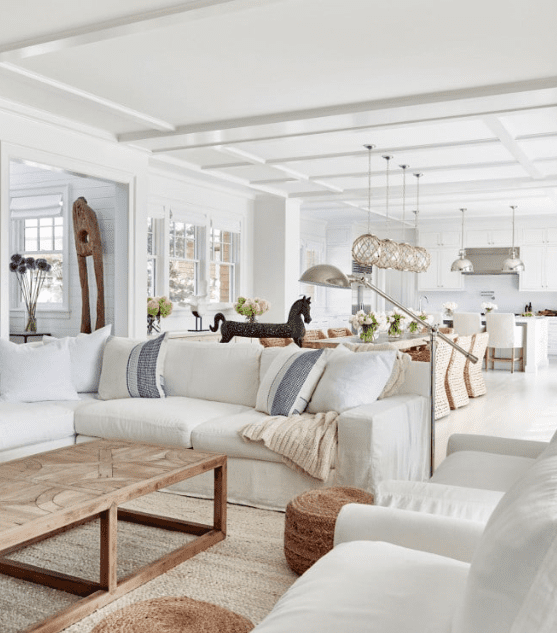
Selecting Furniture that Fits Ergonomic Standards
An individual is more comfortable and healthier when seated in an adjustable chair and desk with swivel and slide functions. When seating and planning, ensure that good posture is considered for everyone at the table.
How Arrangement Impacts Comfort
Not all users will appreciate the type of arrangement styles, and most will not favour poorly arranged furniture. Space and arrangement optimisation limit stress, and the more stress that is relieved, the more friendly and relaxed the atmosphere is.
9. Using Vertical Space and Storage Solutions
Maximizing Walls with Shelves and Cabinets
Storage high up on the wall takes up less space on the floor and makes things work better. Having shelves or cupboards installed at different heights caters to various needs, including items placed up high but still within reach.
Organizing Furniture to Enhance Storage Access
To eliminate clutter, keeping storage-friendly furniture, such as compartmentalised benches or nesting tables, close to frequently used locations is advisable so that important items are always within easy reach.
10. Flexible Arrangements for Changing Needs
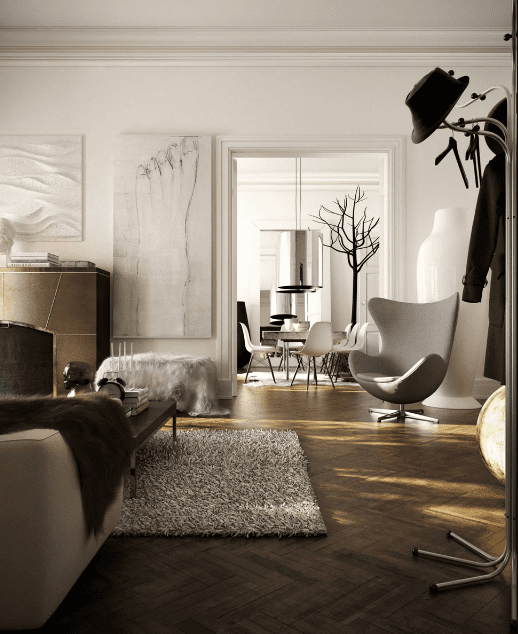
Modular Furniture for Adaptability
It’s common to run into situations where sectional or stackable chairs serve one purpose and later serve another, as they are highly adaptable. This widens the options for homeowners when they need to change layouts, eliminating the need for major redecorations.
Tips on Rearranging Furniture for Seasonal or Lifestyle Changes
Individuals’ needs change with the seasons and demand different things from a space; for instance, a spot requires sunlight during snowy months, whereas in the summer, it may not. Moving furniture around enhances the space and makes it more comfortable.
11. Expert Insights: The Psychology of Space Design
Design psychology emphasizes how furniture arrangement impacts mood and behaviour. Experts say an open layout can reduce stress, while cozy corners encourage relaxation. Dr Laura Smith, an environmental psychologist, suggests, “The way you arrange your environment can create harmony or discomfort; aligning it with your needs improves your well-being.”
12. Practical Applications for Modern Families
Adapting to Children’s Needs or Pets
Homes require a certain degree of safety to accommodate children and pets; this results in smooth furniture design, fabrics being easy to wash, and storage space being lower.
Furniture Arrangements that Enhance Family Time and Safety
Family interactions are encouraged to create opportunities for interactions, such as U-shaped seating, while clear paths and secured items pose no threat to safety.
13. Case Study: Small Apartment Layout Transformation
This case study illustrates the layout composition of a small apartment. The owner incorporated space-saving furniture and decor positioning to create a comfortable and classy-appealing house. A desk that folded was, in fact, a dining set, while a sofa bed transformed the living room into a guest area. The remodelling portrays how volume expansion can be designed in the best way possible.
14. Current Trends in Functional Furniture Arrangement
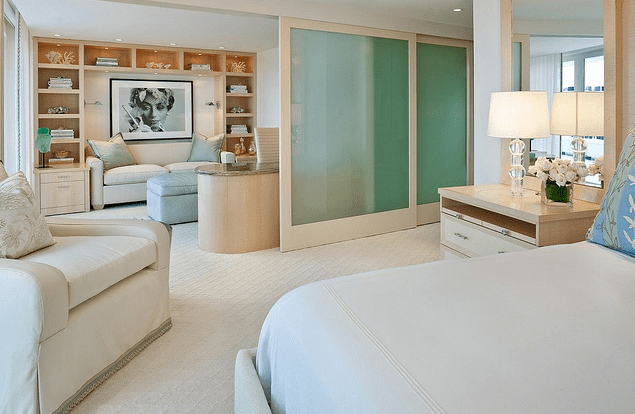
There seems to be an upsurge of minimalism, biophilic patterns, and smart pieces of furniture that communicate with technology. These trends would increase aesthetic beauty and purpose by decreasing clutter and creating a naturally inclined household setting.
15. Future Outlook: The Evolution of Functional Furniture
Looking to the future, we shall see more pieces of furniture with technological applications—replacement tables with wireless charging and furniture with modular elements for changing layout and space. Such modern schemes increasingly use eco-friendly designs made of recyclable resources that combine environmental cleanliness and current practicality.
16. Conclusion
Combining functionality with furniture arrangement is about creating a space that works for you. A well-thought-out layout and versatile furniture can transform any room into a productive, relaxing, stylish area. Consider implementing these tips in your home, and watch how functionality enhances your living experience.

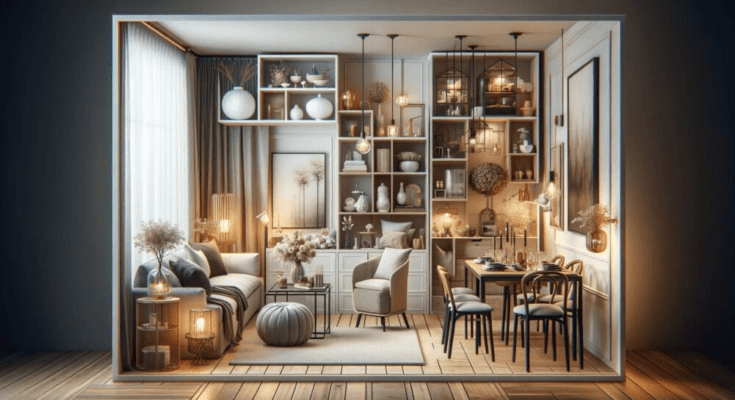
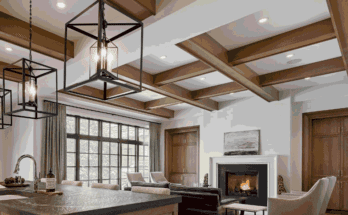

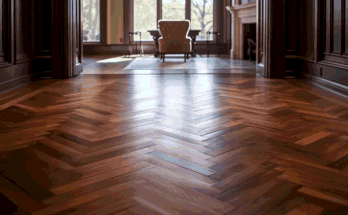
3 Comments on “How Can You Combine Functions with Furniture Arrangement”